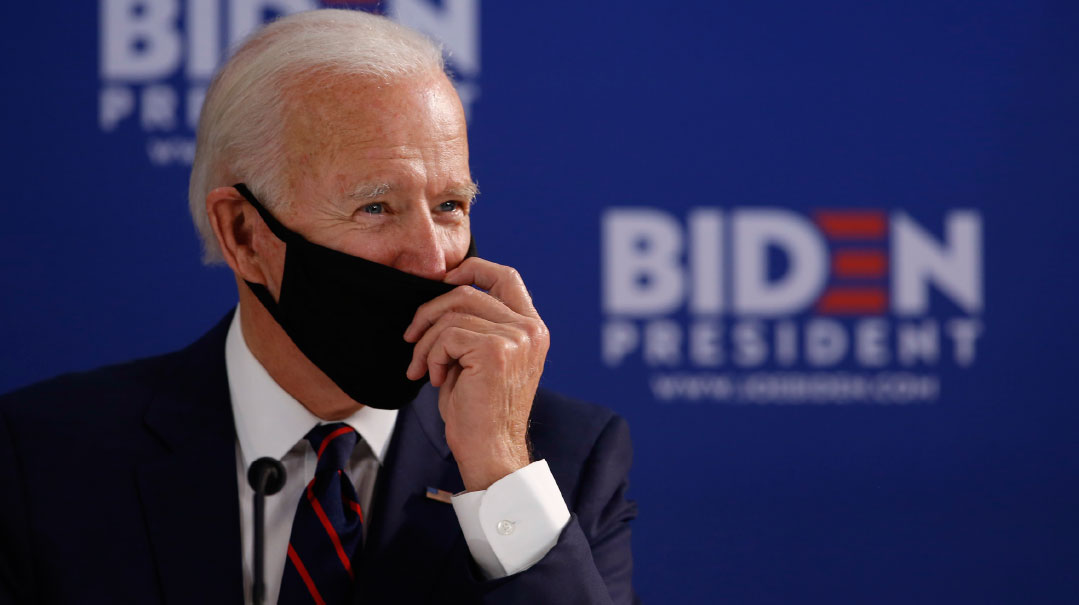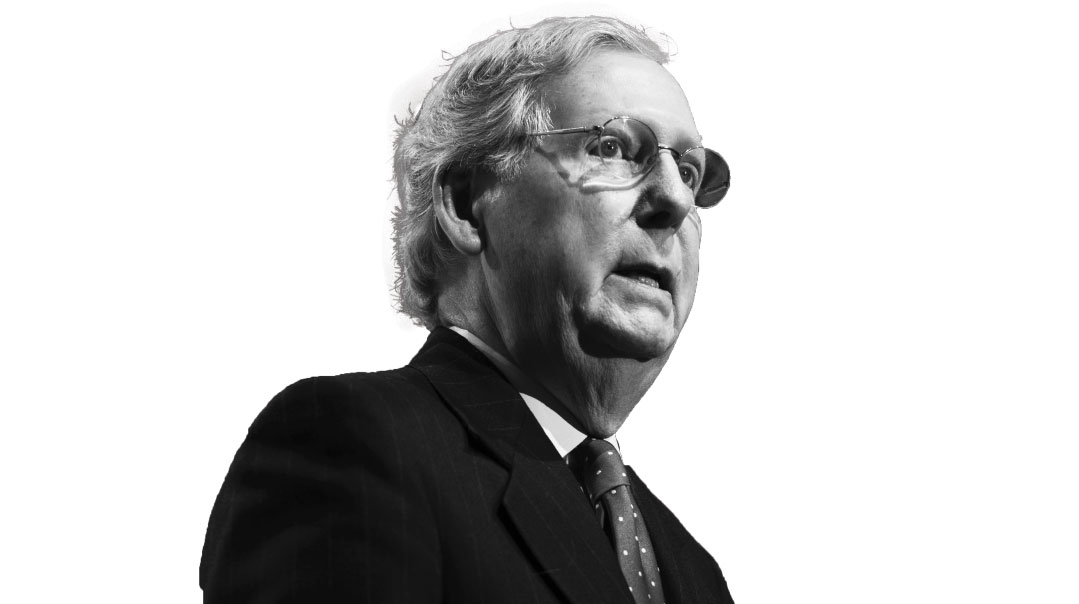It’s the Economy — Except When It’s Not


If voters were choosing their House and Senate candidates based on the performance of the economy alone this November, the elections would be a cakewalk for the Republicans.
Consider the facts:
- Unemployment is at a 49-year low. Not since 1969 are so few people claiming unemployment benefits.
- Consumer confidence is at an 18-year high. Consumer spending, which last reached these levels in October 2000, accounts for 70 percent of all economic activity.
- Job openings surged to a record high in July. In just one sector, finance and insurance, there were 46,000 openings across the United States. Economists now say the tightening of the labor market could lead to a rise in wages, which have remained stubbornly stagnant. Pundits are now worrying about a labor shortage.
- Employees in the United States reported their highest level of satisfaction since 2005. Fifty-one percent of US workers said they were satisfied with their jobs.
- The Wall Street Journal reports that sales at the high-end luxury-good maker Tiffany’s surged 12 percent in the latest quarter. Another luxury maker, the parent company of Gucci, saw sales increase 45 percent in the first half of the year. Plane maker Boeing has so many orders that unfinished planes are stacking up at a nearby airport.
It’s all great news, and in any other year, and with any other president, the numbers would likely indicate that Republicans would maintain their majorities in the House and Senate. But Donald Trump is unlike any other president, so past history might only be a partial guide.
History tells us that a sitting president’s party loses seats in the midterm elections. On average, the president’s party loses 27 seats in the House and four seats in the Senate. Right now, the Democratic party needs to win 24 seats to retake the House. In the Senate, Democrats must defend ten seats in states that Trump won in 2016 and over-perform in contested states. The political forecasting site FiveThirtyEight gives the Democrats an 83 percent chance of retaking the House but only a 32 percent chance of gaining control of the Senate.
Interestingly, voters tend to choose their candidates differently in midterm and presidential elections. In a 2014 article for the New York Times, UCLA professor of American politics Lynn Vavreck described how voters make their choices:
In presidential elections, if the economy grows during the election year, the incumbent president (or the incumbent’s party) is more likely to be re-elected. The correlation is so impressive that political scientists often refer to national economic conditions as part of the structural or fundamental conditions that drive election outcomes.
But while the nation’s economy is a strong shaper of presidential election outcomes, the president himself is the shaper of congressional outcomes…. Instead of rewarding or punishing the incumbent president for his handling of the nation’s economy, in midterm years voters address the president more directly — by penalizing his party members, on average, but also by calibrating that punishment based on how the president is doing his job. Average approval ratings of the way the president is “handling the job” explain more of the variation in seat loss than the economic indicators.
So how has Trump been “handling the job”? According to an aggregation of polls of likely US voters complied by FiveThirtyEight, just 39.9 percent of respondents approved of the president’s job performance in mid-September. And, to the consternation of the Republican Party, the trend is headed in the wrong direction: In May, Trump’s approval rating was 42 percent; in August, it was 41 percent. That’s despite 65 to 70 percent of American voters approving of the way Trump is handling the economy, according to two recent polls.
Gallup polling shows that no post–World War II president has as poor of an approval rating as Donald Trump. President Dwight D. Eisenhower recorded an average approval rating of 65 percent over his eight years in office (the highest), while Jimmy Carter polled at 45.5 percent over four years (the lowest). Over his eight-year term, Barack Obama averaged 47.9 percent. President Trump’s highest approval ratings of 45 percent came in the first few weeks of his presidency. So, historically, Trump is comparing very unfavorably to past presidents — despite the historically positive numbers on the economy.
I think we all know why Trump is polling so poorly. If it weren’t for the sordidness surrounding Paul Manafort, then it would the spectacle of Michael D. Cohen. If it weren’t his poor treatment of Attorney General Jeff Sessions, it might be his poor treatment of fill-in-the-blank. Yes, the partisanship at the FBI and Justice Department stinks and appropriate action should be taken. Yes, there was an unholy alliance between Christopher Steele and the Clinton campaign that led to the first hints of collusion between Trump and “the Russians.”
But Trump has done a good job digging his own hole, too. No one has asked him to define his presidency with angry, vindictive Tweets. As truly awful as the press has been, he’s egged them on with his stiff neck, his leanings toward conspiracy theories, and his fuzzy relationship with facts. It’s so exasperating because many of his policies — on Israel, Iran, the United Nations — have all been so on target.
There may be only one man who can save Donald Trump from electoral ruin and almost certain impeachment proceedings should the Democrats retake the House in November. That man, Barack Obama, has just hit the campaign trail for the Democrats. If there’s one thing that unites Republicans, it’s their intense dislike of Mr. Obama.
Let the real battle for America begin.
(Originally featured in Mishpacha, Issue 729)
Oops! We could not locate your form.













